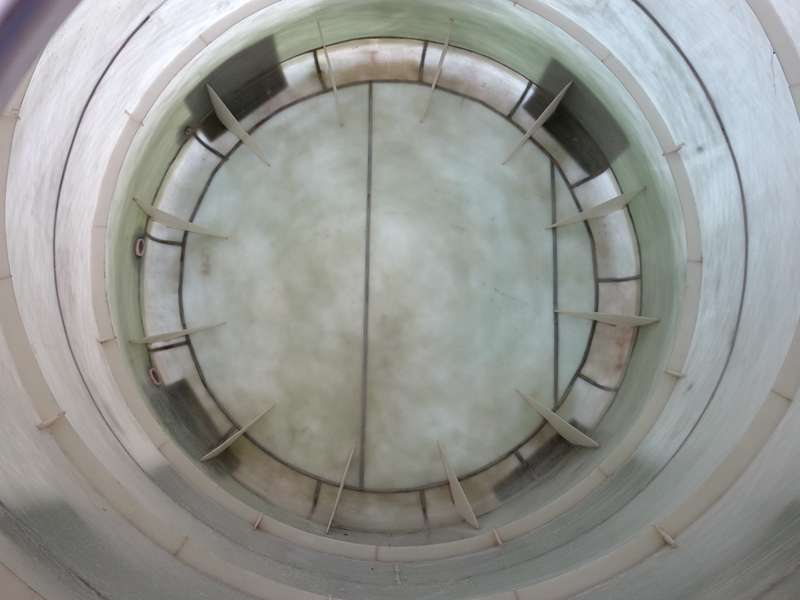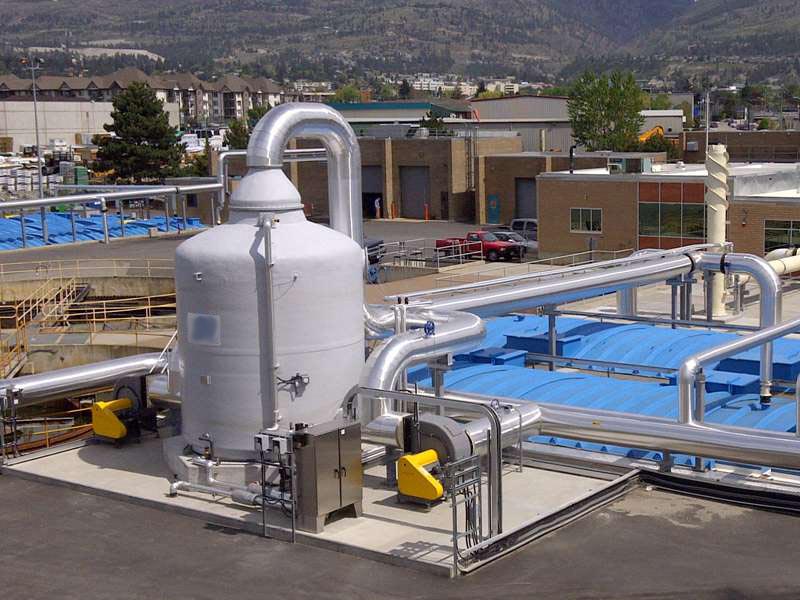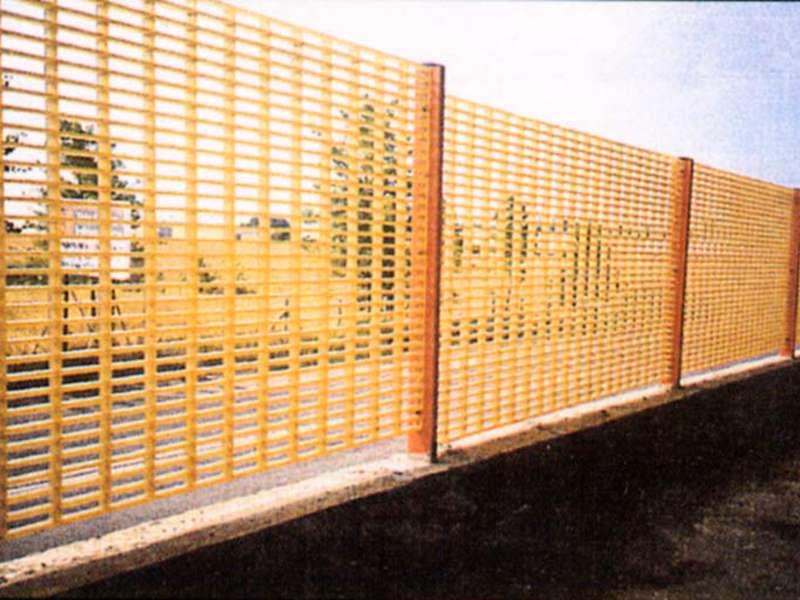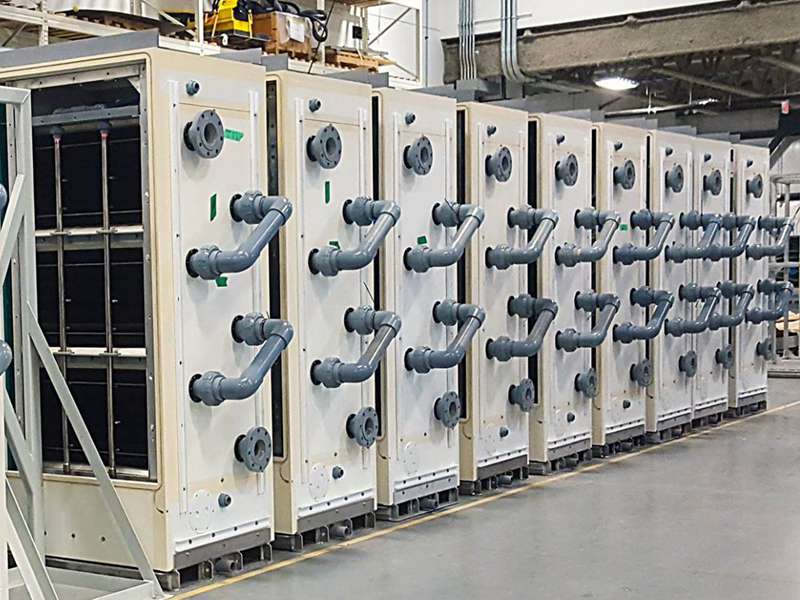
-
 Afrikaans
Afrikaans -
 Albanian
Albanian -
 Amharic
Amharic -
 Arabic
Arabic -
 Armenian
Armenian -
 Azerbaijani
Azerbaijani -
 Basque
Basque -
 Belarusian
Belarusian -
 Bengali
Bengali -
 Bosnian
Bosnian -
 Bulgarian
Bulgarian -
 Catalan
Catalan -
 Cebuano
Cebuano -
 China
China -
 China (Taiwan)
China (Taiwan) -
 Corsican
Corsican -
 Croatian
Croatian -
 Czech
Czech -
 Danish
Danish -
 Dutch
Dutch -
 English
English -
 Esperanto
Esperanto -
 Estonian
Estonian -
 Finnish
Finnish -
 French
French -
 Frisian
Frisian -
 Galician
Galician -
 Georgian
Georgian -
 German
German -
 Greek
Greek -
 Gujarati
Gujarati -
 Haitian Creole
Haitian Creole -
 hausa
hausa -
 hawaiian
hawaiian -
 Hebrew
Hebrew -
 Hindi
Hindi -
 Miao
Miao -
 Hungarian
Hungarian -
 Icelandic
Icelandic -
 igbo
igbo -
 Indonesian
Indonesian -
 irish
irish -
 Italian
Italian -
 Japanese
Japanese -
 Javanese
Javanese -
 Kannada
Kannada -
 kazakh
kazakh -
 Khmer
Khmer -
 Rwandese
Rwandese -
 Korean
Korean -
 Kurdish
Kurdish -
 Kyrgyz
Kyrgyz -
 Lao
Lao -
 Latin
Latin -
 Latvian
Latvian -
 Lithuanian
Lithuanian -
 Luxembourgish
Luxembourgish -
 Macedonian
Macedonian -
 Malgashi
Malgashi -
 Malay
Malay -
 Malayalam
Malayalam -
 Maltese
Maltese -
 Maori
Maori -
 Marathi
Marathi -
 Mongolian
Mongolian -
 Myanmar
Myanmar -
 Nepali
Nepali -
 Norwegian
Norwegian -
 Norwegian
Norwegian -
 Occitan
Occitan -
 Pashto
Pashto -
 Persian
Persian -
 Polish
Polish -
 Portuguese
Portuguese -
 Punjabi
Punjabi -
 Romanian
Romanian -
 Russian
Russian -
 Samoan
Samoan -
 Scottish Gaelic
Scottish Gaelic -
 Serbian
Serbian -
 Sesotho
Sesotho -
 Shona
Shona -
 Sindhi
Sindhi -
 Sinhala
Sinhala -
 Slovak
Slovak -
 Slovenian
Slovenian -
 Somali
Somali -
 Spanish
Spanish -
 Sundanese
Sundanese -
 Swahili
Swahili -
 Swedish
Swedish -
 Tagalog
Tagalog -
 Tajik
Tajik -
 Tamil
Tamil -
 Tatar
Tatar -
 Telugu
Telugu -
 Thai
Thai -
 Turkish
Turkish -
 Turkmen
Turkmen -
 Ukrainian
Ukrainian -
 Urdu
Urdu -
 Uighur
Uighur -
 Uzbek
Uzbek -
 Vietnamese
Vietnamese -
 Welsh
Welsh -
 Bantu
Bantu -
 Yiddish
Yiddish -
 Yoruba
Yoruba -
 Zulu
Zulu
FRP Chemical Tanks Corrosion-Resistant & Custom Sizes FRP Tank Solutions
- Overview of FRP Chemical Tanks and Industry Applications
- Technical Advantages Over Traditional Storage Solutions
- Performance Metrics: Durability and Chemical Resistance Data
- Manufacturer Comparison: Key Specifications and Market Leaders
- Custom Engineering for Specific Industrial Requirements
- Real-World Implementation Scenarios and Success Stories
- Future-Proofing Chemical Storage with FRP Technology
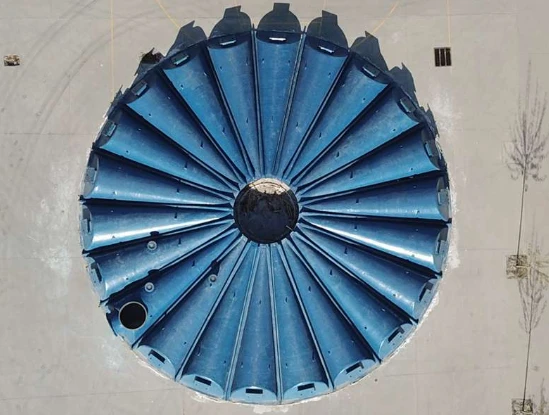
(frp chemical tank)
FRP Chemical Tank Solutions for Modern Industrial Demands
Fiberglass Reinforced Plastic (FRP) chemical tanks have become the cornerstone of safe chemical storage across multiple industries. These vessels withstand corrosive substances ranging from sulfuric acid to sodium hypochlorite, operating effectively in temperatures from -40°F to 180°F. Unlike polyethylene alternatives, FRP tanks maintain structural integrity under prolonged UV exposure and extreme weather conditions.
Engineering Superiority in Material Science
FRP's layered construction combines resin matrices with glass fiber reinforcement, achieving:
- 98% resistance to 1,800+ chemicals (ASTM D543 standards)
- 0.0004 in/in/year corrosion rate vs. steel's 0.02 in/year
- 50% weight reduction compared to carbon steel equivalents
Independent testing confirms 30+ year service life in pH environments from 0.5 to 13.5.
Quantitative Performance Analysis
| Parameter | FRP Tank | Polyethylene | Stainless Steel 316 |
|---|---|---|---|
| Max Temperature | 180°F | 140°F | 400°F |
| Chemical Resistance Index | 9.8/10 | 7.2/10 | 6.5/10 |
| Lifespan (Years) | 30-40 | 10-15 | 15-20 |
Market Leader Comparison
| Manufacturer | Wall Thickness | Temperature Range | Warranty | Price Premium |
|---|---|---|---|---|
| Corrosafe FRP Systems | 0.35-1.2" | -50°F to 200°F | 15 Years | +18% |
| DuraFiber Technologies | 0.25-0.75" | -40°F to 180°F | 10 Years | Base Price |
| ChemGuard Solutions | 0.4-1.5" | -30°F to 190°F | 20 Years | +27% |
Custom Configuration Capabilities
Advanced manufacturers offer:
- Non-standard capacities (150-50,000 gallons)
- Multiple port configurations (2-16 nozzles)
- Custom resin formulations for specific chemicals
A recent project for hydrochloric acid storage required:
- 8,000-gallon vertical tank
- Vinylester resin matrix
- Secondary containment integration
Industrial Implementation Case Studies
Pharmaceutical Manufacturer: Replaced 12 stainless steel tanks with FRP units, reducing maintenance costs by 62% annually.
Wastewater Plant: Installed 25 FRP chemical storage tanks (1,500-5,000 gal) for chlorine dioxide handling, achieving zero leaks over 7 years.
Agricultural Cooperative: Custom 20,000-gallon FRP tank system withstands fertilizer mixtures at 160°F with 100% operational uptime.
FRP Chemical Tank Innovations Driving Industry Standards
Recent advancements include:
- Smart monitoring systems embedded in tank walls
- Graphene-enhanced resins improving thermal stability by 22%
- Modular designs enabling 72-hour installation cycles
These developments position FRP chemical storage tanks as essential infrastructure for next-generation industrial operations.
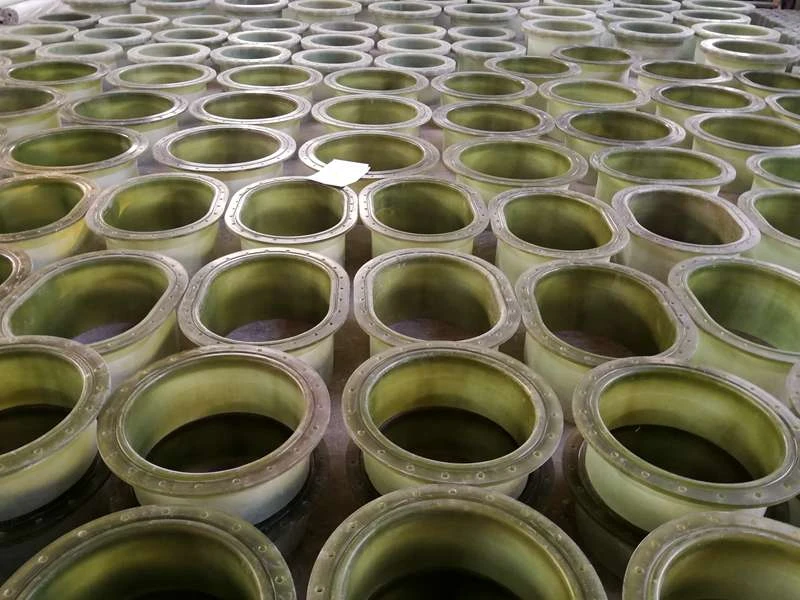
(frp chemical tank)
FAQS on frp chemical tank
Q: What are the key advantages of an FRP chemical tank?
A: FRP chemical tanks offer exceptional corrosion resistance, lightweight construction, and durability. They are ideal for storing aggressive chemicals like acids, alkalis, and solvents. Their non-reactive nature ensures long-term storage safety.
Q: How does a fiberglass chemical tank compare to polyethylene tanks?
A: Fiberglass chemical tanks outperform polyethylene in high-temperature and high-stress environments. They provide superior structural strength and chemical resistance, whereas polyethylene may degrade faster with harsh chemicals or UV exposure.
Q: What chemicals can be safely stored in an FRP chemical storage tank?
A: FRP tanks are suitable for corrosive substances like hydrochloric acid, sulfuric acid, and chlorine solutions. Compatibility depends on resin type and tank lining—always consult manufacturer chemical resistance charts before use.
Q: How do I maintain an FRP chemical tank for longevity?
A: Regularly inspect for cracks, leaks, or surface degradation. Clean residues promptly and avoid mechanical impacts. Follow the manufacturer’s guidelines for chemical exposure limits and environmental conditions.
Q: Are FRP chemical storage tanks compliant with industry safety standards?
A: Yes, reputable FRP tanks meet standards like ASTM D4097 for chemical resistance and NSF/ANSI 61 for potable water. Ensure tanks are certified for your specific application and chemical type.
Latest news
-
High-Performance Clarifiers & Settlers for Water Treatment PlantsNewsJul.23,2025
-
High-Quality Fittings for Plumbing & Industrial Use | Durable and ReliableNewsJul.22,2025
-
Durable Corrosion-Resistant Dual Laminate Products | Industry SolutionsNewsJul.21,2025
-
High-Quality Fiberglass Car Bodies Durable GRP Car & Boat Body SolutionsNewsJul.08,2025
-
High-Quality Fiberglass Dual Lamination Product Manufacturer Durable FRP & GRP Dual Lamination SolutionsNewsJul.08,2025
-
Rectangular Tank with Dimensions for GRP Calculation Custom Fiberglass GRP Rectangular TanksNewsJul.07,2025


